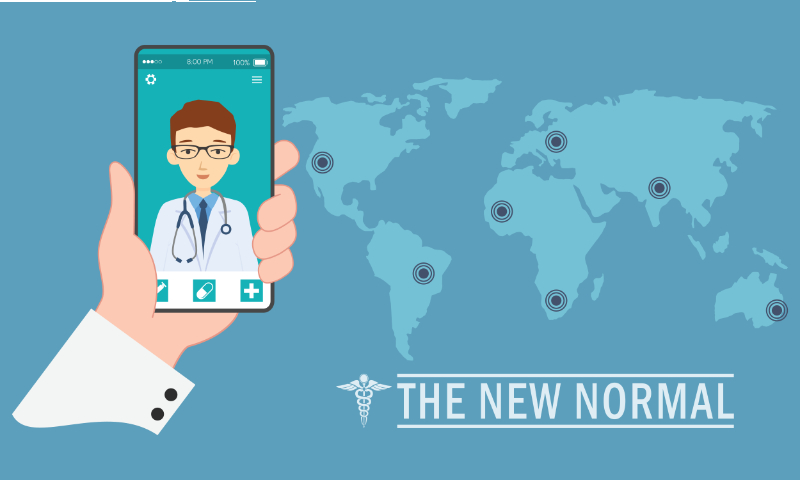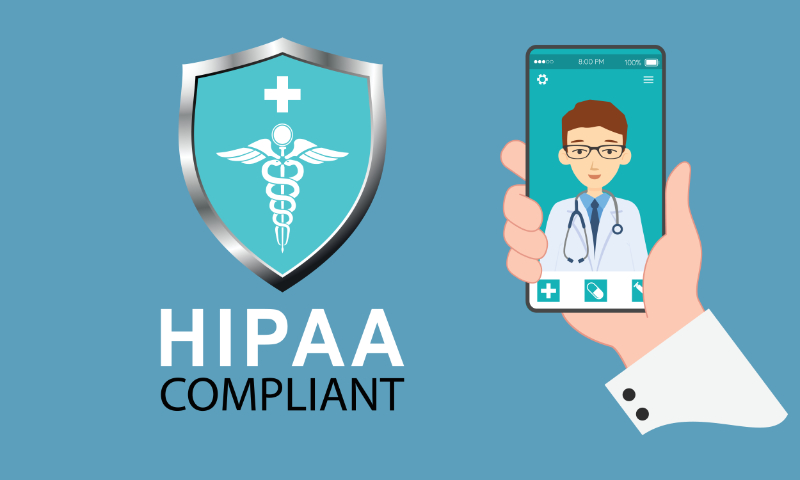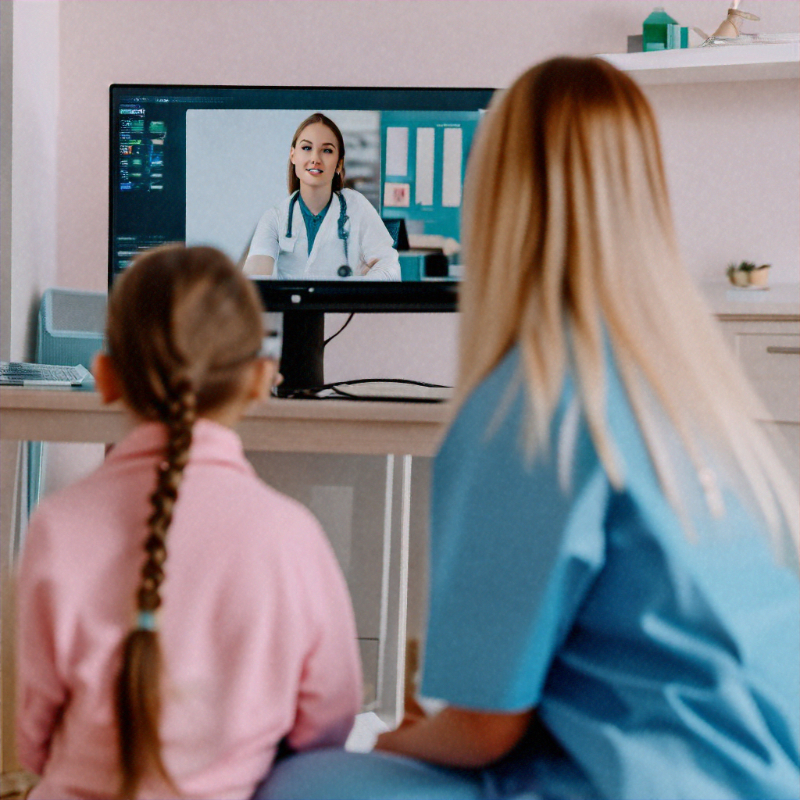The terms telemedicine and telehealth are similar and both refer to healthcare delivery using technology, with the provider and the patient in different locations (Achenbach, 2020). Telehealth is considered the umbrella term that describes healthcare services that are provided from a distance, whereas telemedicine describes the specific clinical care. An easy way to understand the subtle differences in terminology is to think of telehealth as an unidentified hospital system, “Hospital Metro,” and telemedicine as any specific unit within that hospital. Telehealth includes clinical care, but it may also include dietary and case management. Telemedicine only includes your provider team and the treatment and care they prescribe and deliver.
Telemedicine uses technology to provide clinical care, specifically from a licensed healthcare professional using a telecommunication system. There are hundreds of commercially available platforms like VSee Clinic©, but Microsoft Teams has developed a version specifically for healthcare. Communication during a telemedicine visit may include (Khan & Khan, 2023):
- Interactive real-time audio and/or video communications
- The use of a web-based or cloud-based application
- “Store and forward” technology (not including facsimile or email)
The services offered during a telemedicine visit are the same services provided in a face-to-face visit. The provider must determine if the visit need is appropriate for telemedicine, within the provider's scope of practice, and follows the regulatory guidelines of the state where the patient lives (Pandya et al., 2022).
The patient may live at home or in a skilled nursing facility. The telemedicine visit may take place at a smaller, rural hospital, a clinic, or another location. The location where the patient is during the visit is considered the “originating site,” and the provider's location is considered the “distance site” (Washington State Department of Health, n.d.). These terms are important for determining insurance reimbursement and jurisdiction for the scope of practice.
Telemedicine is a type of healthcare delivery that eliminates some barriers to access that have been identified over the years. Using innovative technology and telecommunication tools to connect a provider to a patient without the need to be in the same location extends the reach of healthcare to rural and remote locations. During the COVID-19 pandemic, telemedicine became a delivery method of choice for many patients and providers who otherwise could have faced serious health decline amid a healthcare crisis.
The usefulness of telemedicine goes far beyond the clinic appointment. Telehealth now extends to educational initiatives, health administration tasks, and public outreach. Patient consultations over an audiovisual platform are now combined with diagnostic evaluation and measurement tools without the need for physical attendance in a clinical setting, away from home or community. The constraints of time and accessibility have decreased significantly as telemedicine has grown to provide basic medical and specialty care from miles away.
The primary purpose of telemedicine is to enable communication between a healthcare provider and a patient, regardless of the miles between. That communication is necessary to paint the same picture that the initial assessment provides in a face-to-face visit. Early telemedicine began in the 20th century, when radio was used to relay medical treatment advice to sailors at sea (Achenbach, 2020). Fast forward to the late 20th century, with NASA’s use of telemedicine for monitoring animals and eventually astronauts during space missions (Simpson, 2020). This real-time treatment using advanced medicine enabled any patient to receive needed care, regardless of location. Both examples serve as early stories of successful telemedicine, which in the past 50 years has grown to include numerous technological advancements and improvements. Today, telemedicine can operate at a very advanced level through secure communication that protects patient privacy and advanced technology that creates lifelike remote consultations (Jeyanthi et al.,2014).















